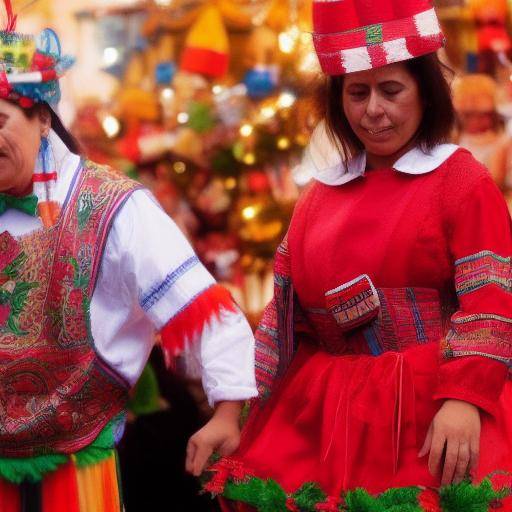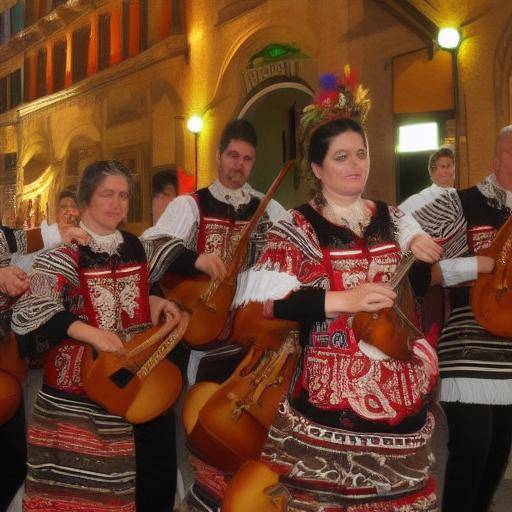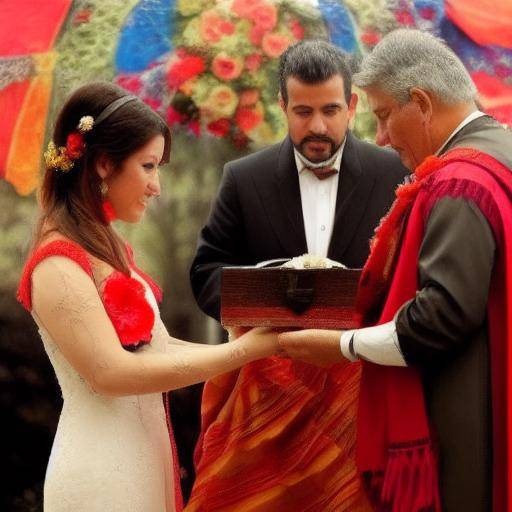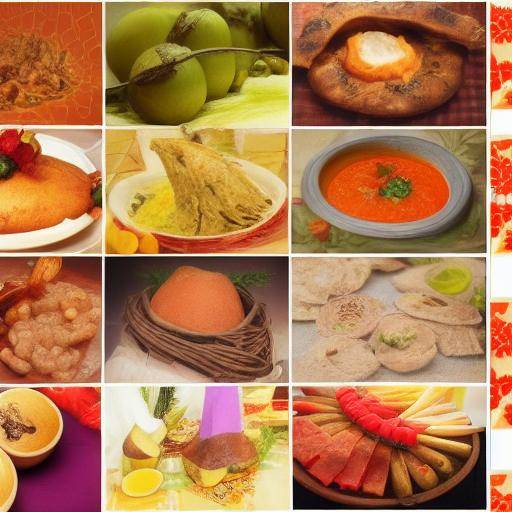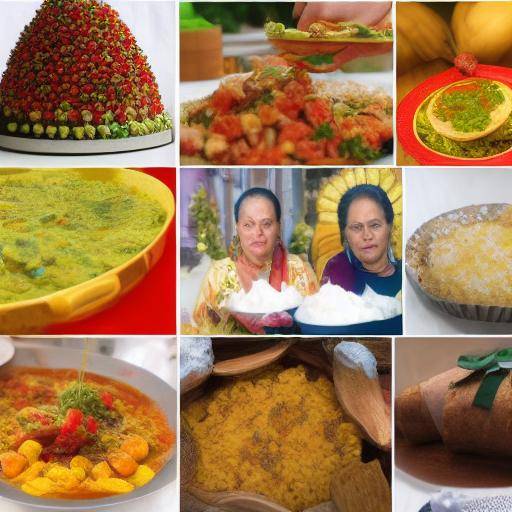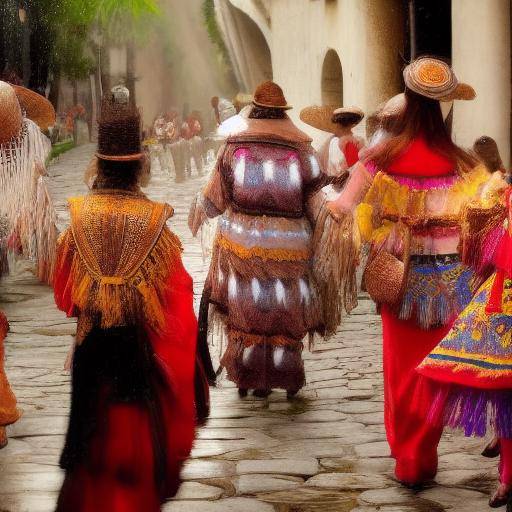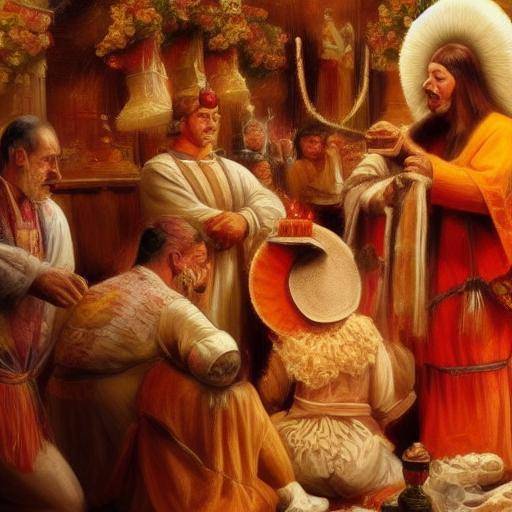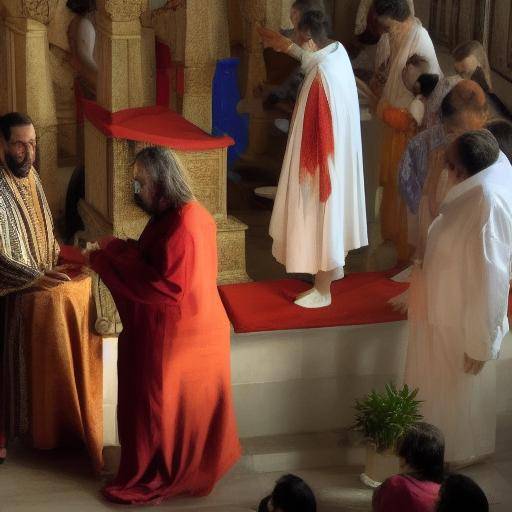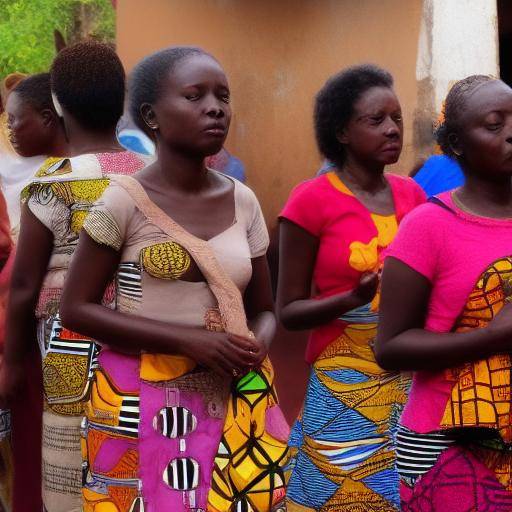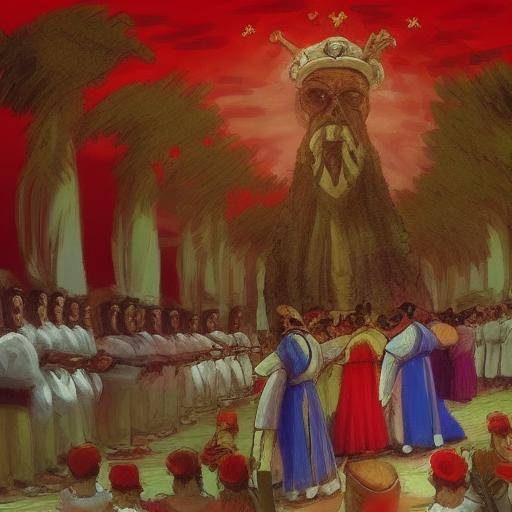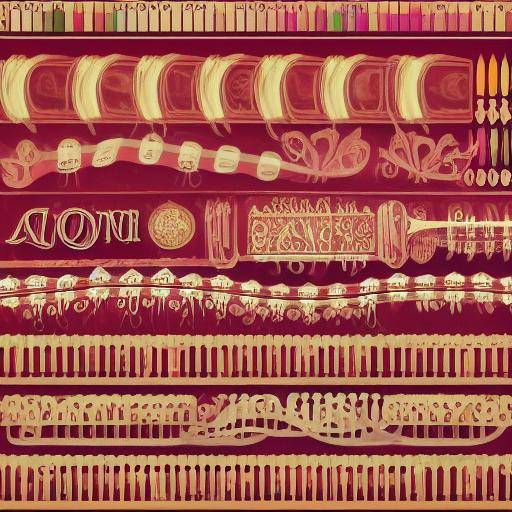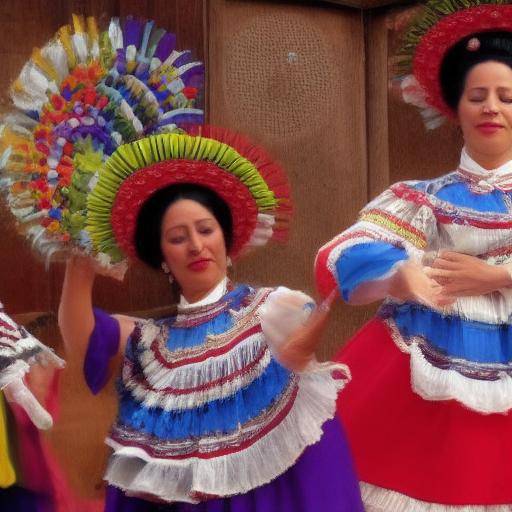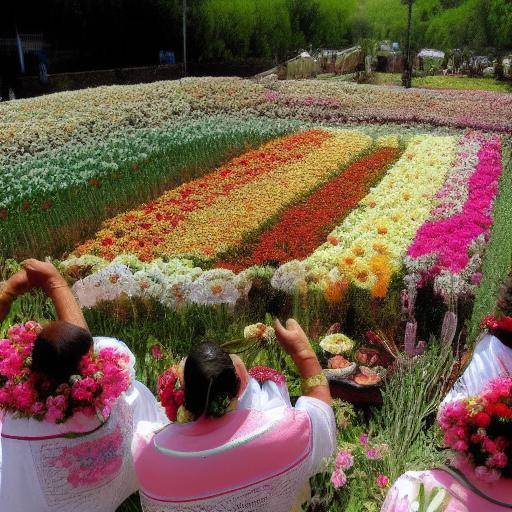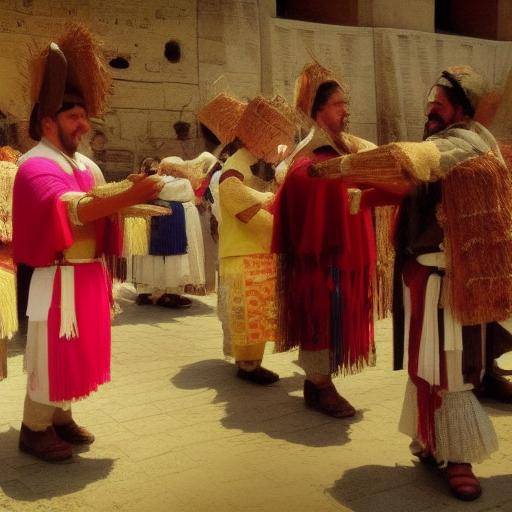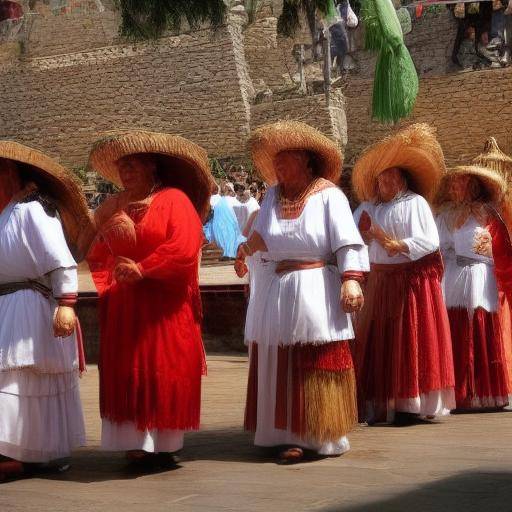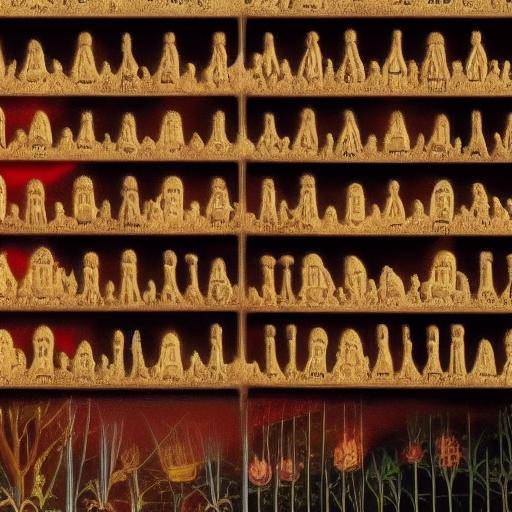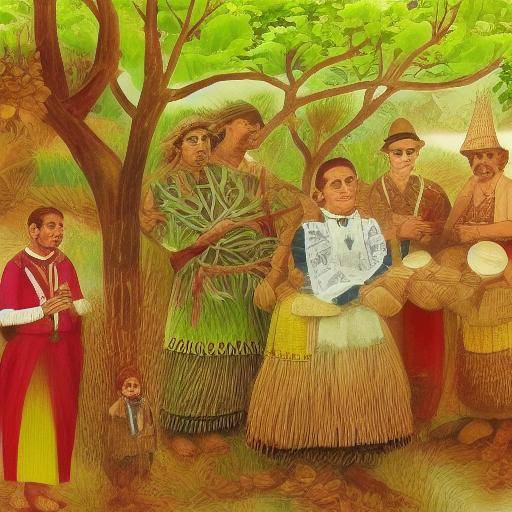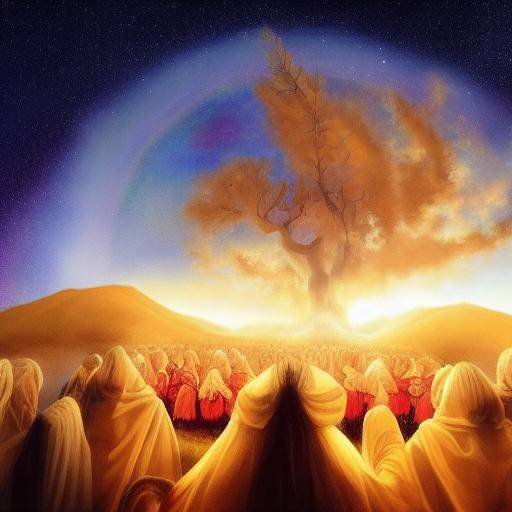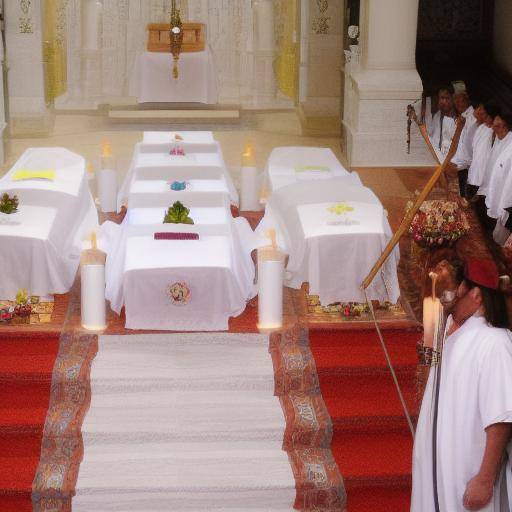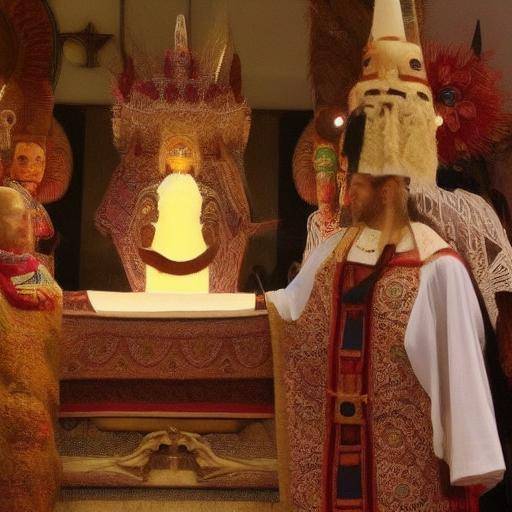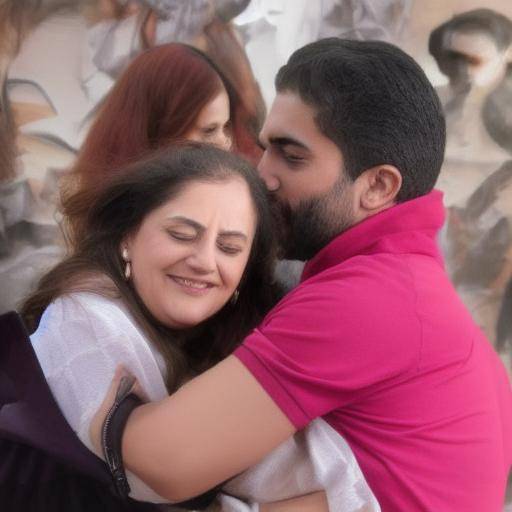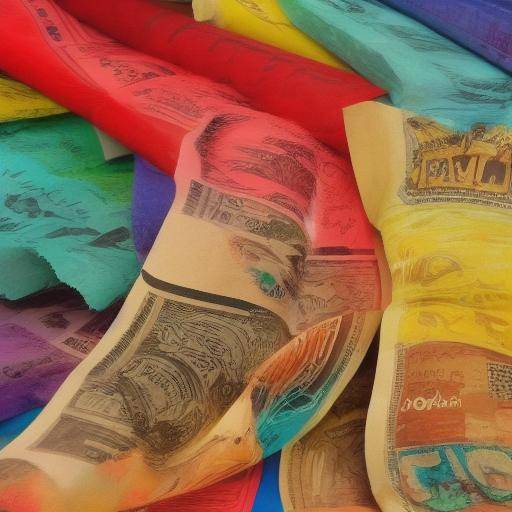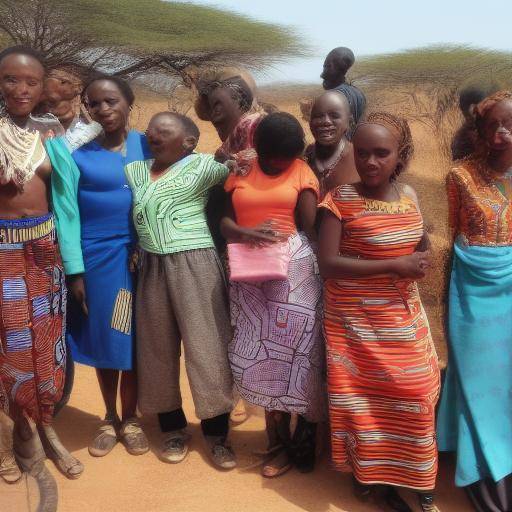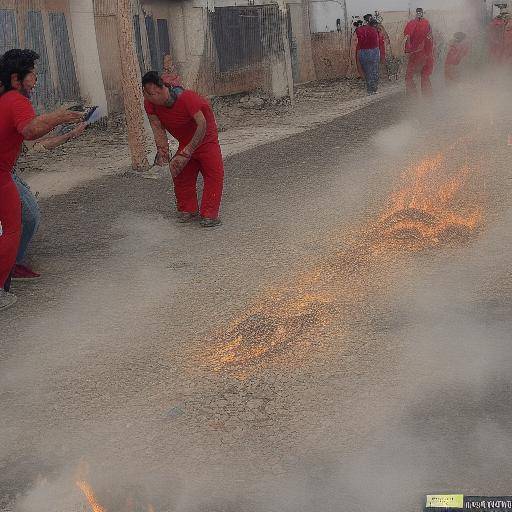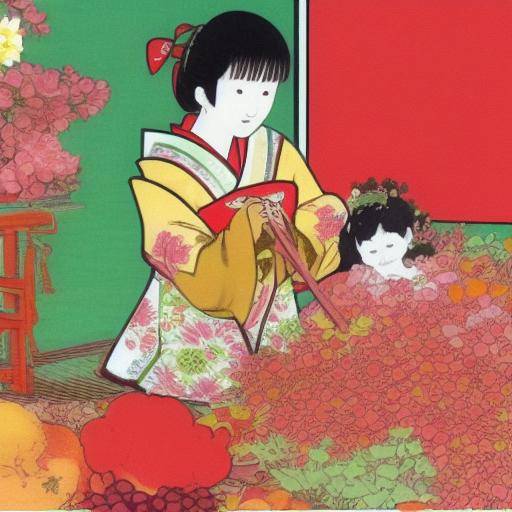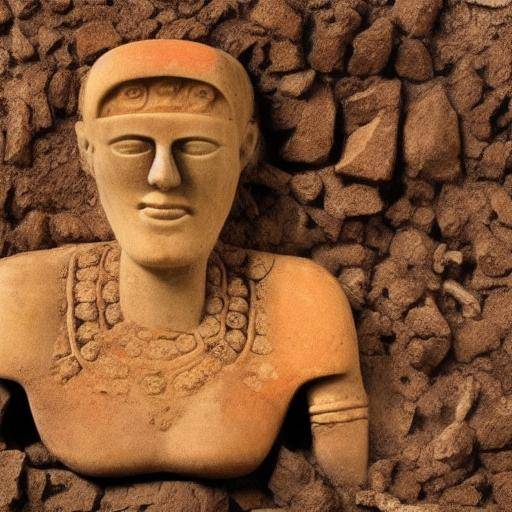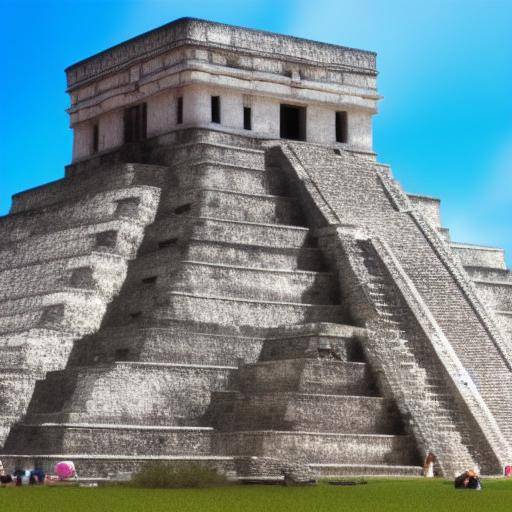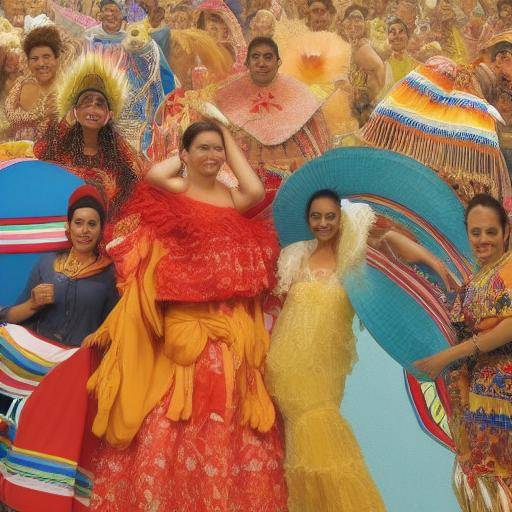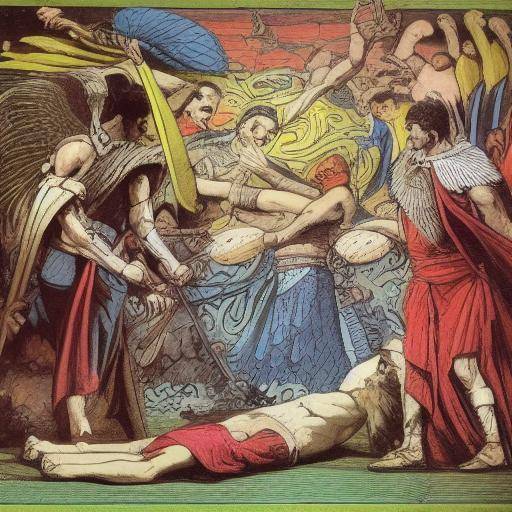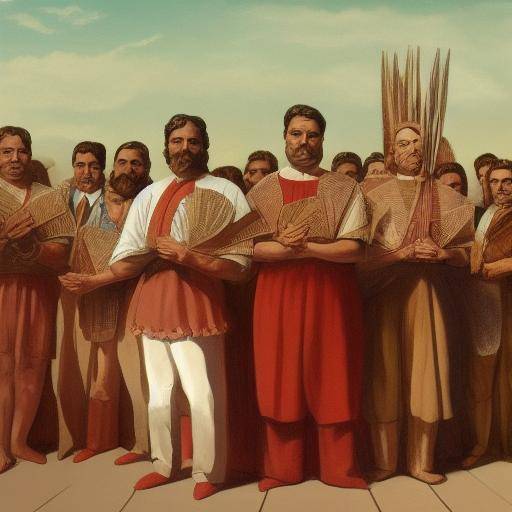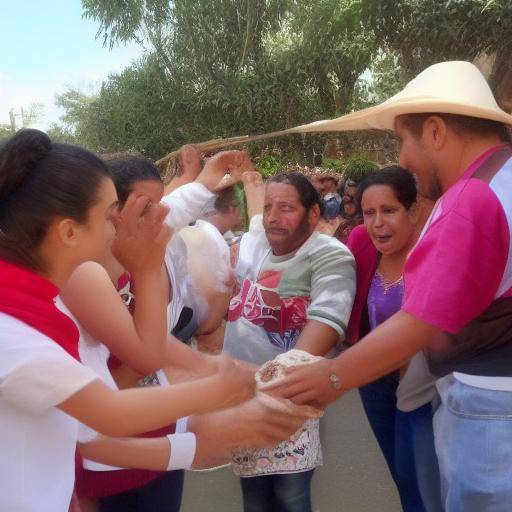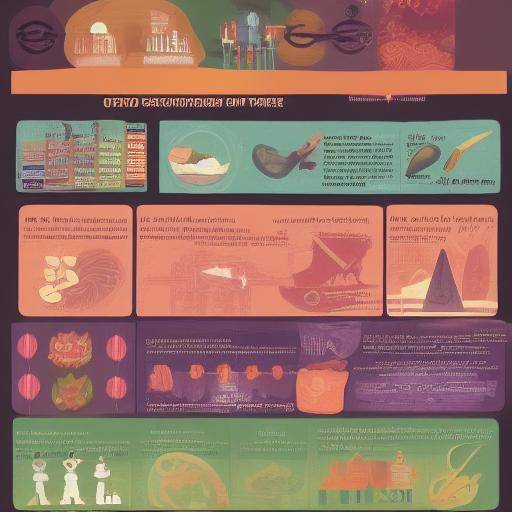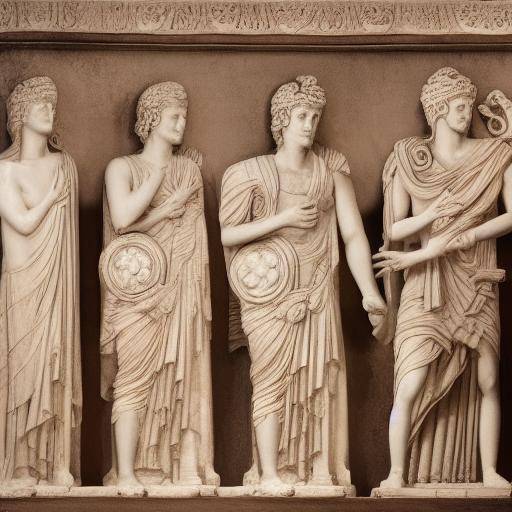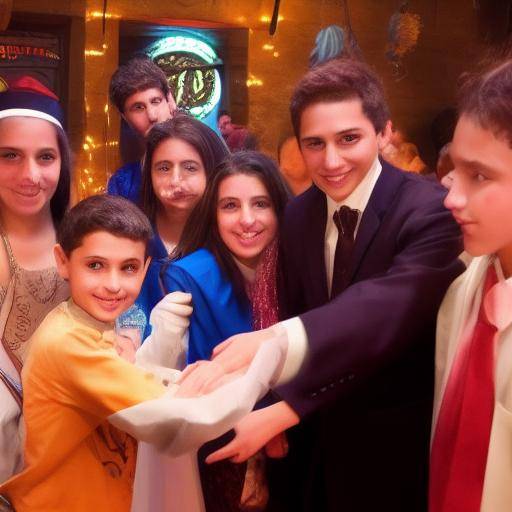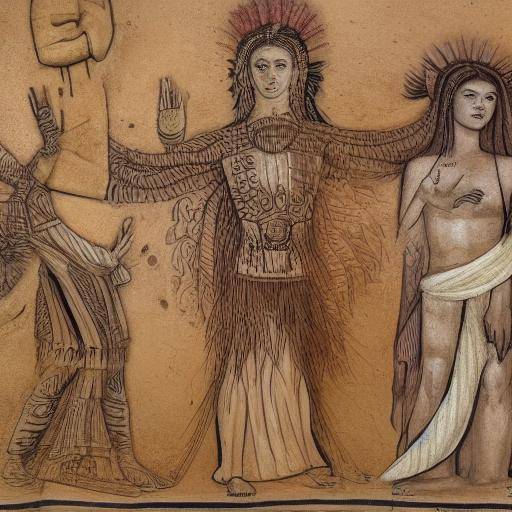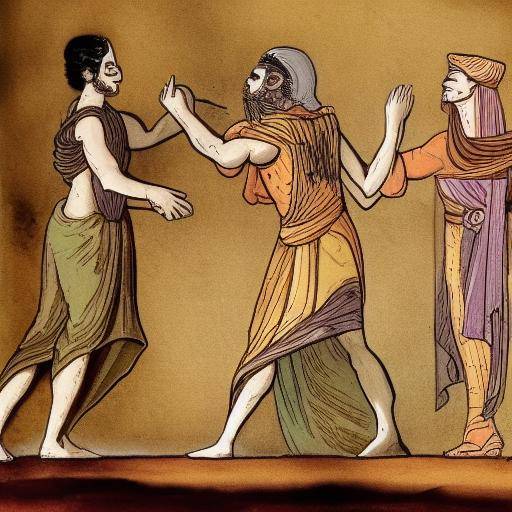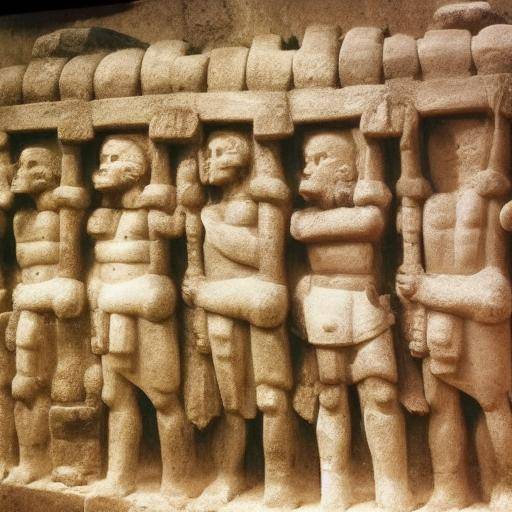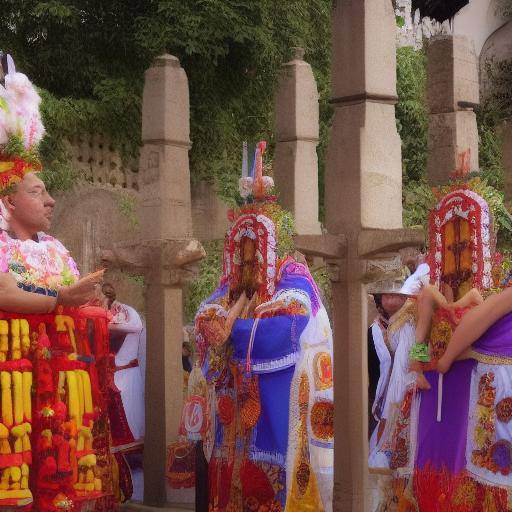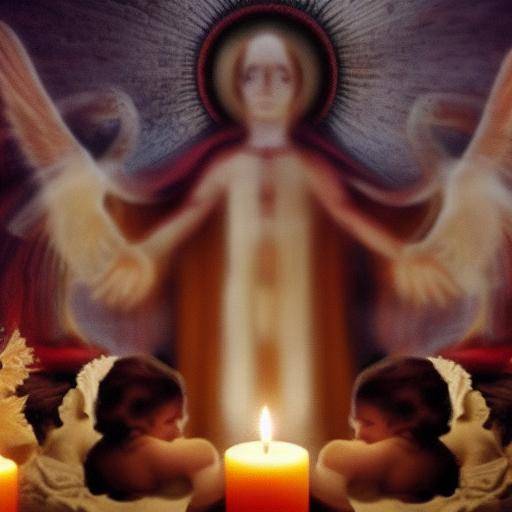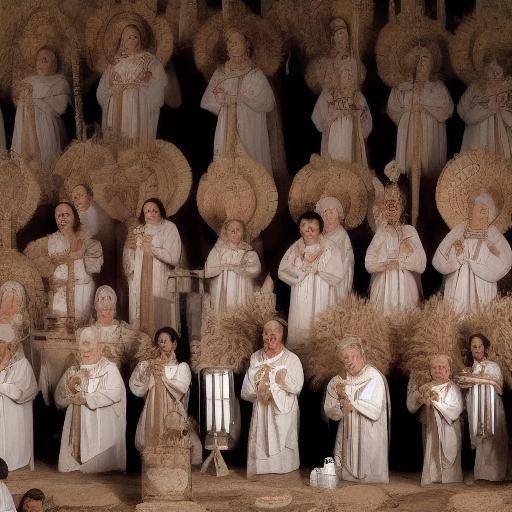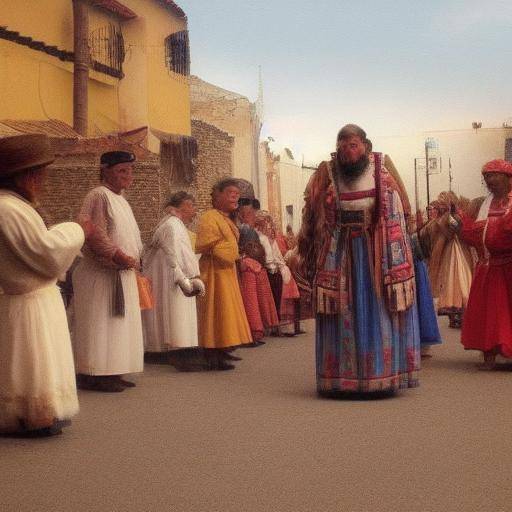
The rites of passage in ancient traditions have been a fundamental part of many cultures throughout history. These rituals mark significant transitions in a person's life, such as the passage from childhood to adulthood, marriage, or even death. In this article, we will explore in depth the meaning behind these rites, their historical relevance, their impact on the current society, and much more.
Introduction
The rites of passage, also known as transitional rites, are ceremonies that mark the change of status or condition of an individual within a society. These rituals have been practiced by ancient cultures around the world in order to transmit teachings, values, and traditions to new generations, as well as to strengthen the identity and cohesion of the community. In this article, we will explore the profound meaning underlying these rites, as well as their relevance in the contemporary world.
History and Background
Origins and Evolution of the Rites of Passage
The rites of passage have deep roots in ancient cultures, and their origin dates back thousands of years. These rituals were closely related to religious beliefs, natural cycles, and the social structures of ancient communities. From puberty to old age, the rites of passage marked every crucial stage of life and often involved tests of specific courage, knowledge or skills, and community acceptance.
Historical and Cultural Importance
The rites of passage played a crucial role in social cohesion, transmitting cultural values, traditional knowledge, and the sense of identity through generations. These rituals not only marked the individual transition, but also symbolized the continuity and stability of the community as a whole. In many ancient cultures, the rites of passage were considered sacred events, whose meaning transcended the purely social to encompass spiritual and philosophical aspects.
Significant Inflection Developments and Points
Throughout history, the rites of passage have experienced changes and adaptations in response to historical events, technological advances, and the evolution of social structures. The arrival of the modern era and demographic changes have led to a reinterpretation of these rituals in many communities, although in some cultures they have remained firm over time, preserving their meaning and traditions.
Anecdotes and Case Studies
Numerous anthropological and sociological studies have documented rituals of passage in different cultures, offering fascinating views of the diversity and depth of these rituals. These case studies give us an enriching view of how the rites of passage have shaped whole societies and how their meaning and practice vary considerably throughout the world.
Deep analysis
Current Benefits, Challenges and Trends
The rites of passage continue to play a significant role in contemporary societies, although they face challenges to globalization, secularization, and changes in family structures. However, numerous studies have highlighted the psychological and emotional benefits derived from participation in these rituals, including a greater sense of belonging, self-confidence, and connection to cultural roots.
Statistics, Case Studies and Real Examples
Various empirical studies have highlighted the relevance of the rites of passage in the formation of individual and collective identity. For example, research in indigenous communities has revealed that traditional rituals of passage are associated with higher levels of psychological and social well-being. In addition, contemporary cases of reintroduction or adaptation of traditional rituals of passage in urban and global contexts indicate a renewed appreciation for these practices as points of connection with cultural heritage and as significant markers of vital transitions.
Profundity Analysis of Different Perspectives
The rites of passage have been discussed and analysed from various perspectives, including anthropological, sociological, psychological, and even philosophical. These approaches allow us to understand rituals from multiple dimensions, considering both their social and cultural function and their impact on individual experience. This multidisciplinary analysis sheds light on the complexity and wealth of meaning that underlies in the rites of passage.
Comprehensive review
Applications, Case Studies and Best Practices
Despite contemporary challenges, the rites of passage continue to be relevant in many communities around the world. Examining specific cases of application of these rituals gives us concrete examples of how ancestral traditions continue to influence and enrich people's daily lives. In addition, identifying successful practices and adaptation methods offers us valuable insights on how to preserve and revitalize these rituals in changing contexts.
Opinions of Experts and Future Perspectives
The contribution of experts in anthropology, psychology, history, and other fields is fundamental to understanding the impact and evolution of the rites of passage. The views of these experts offer us an updated and informed view of the current state of traditional rituals, as well as the future prospects and possible directions that could be taken in a constantly changing world.
Comparison and Contrast
Compareing rites of passage from different cultures allows us to appreciate similarities and differences, as well as to understand the different ways in which communities address vital transitions. This comparison sheds light on the cultural diversity and universality of the human need to recognize and celebrate the significant milestones in life.
Practical Tips and Accessible Tips
Practical Tips for the Celebration of Rites of Passage
- See the elders and community leaders to preserve the authenticity of traditional rituals.
- It includes younger generations in the planning and execution of rites to foster the intergenerational transmission of knowledge and values.
Tips for Adapting Passage Rites in Contemporary Environments
- Consider the incorporation of symbolic and narrative elements that resonate with the current experiences and challenges of people.
- It creates spaces for intergenerational dialogue and reflection on the relevance and impact of the rites of passage in modern life.
Industry Perspectives and Expert Reviews
Reflections of Community Leaders and Experts on Ancestral Traditions
"Incorporating the rites of passage in the daily life of our community has strengthened our sense of identity and cohesion. These rituals have allowed us to keep alive our traditions and values, even in the midst of contemporary challenges." - Community leader of an indigenous tribe.
Provisions on the Future of the Rites of Passage
As global communities continue to adapt to rapid evolution, passage rites are expected to remain cornerstones in the preservation of cultural identity, strengthening community ties, and supporting resilience and emotional well-being in the coming generations.
Case Studies and Practical Applications
Case Study: The Rites of Passage in an Amazonian Indigenous Community
The X indigenous community has rituals of passage that mark the transition from adolescence to adulthood. These rituals involve physical resistance testing and traditional skills challenges, which has strengthened the sense of belonging of young people and empowered them to assume leadership roles in the community.
Applications in Different Cultural Contexts
The rites of passage have been successfully adapted in urban and contemporary contexts, demonstrating their ability to foster self-esteem, emotional resilience, and connection with cultural heritage in a wide range of environments.
Future Trends and Predictions
Embracing Heritage: The Revaluation of the Rites of Passage in the Modern Age
The next generation is expected to recognize the importance of maintaining and adapting the rites of passage as a way of honoring their cultural roots and strengthening their identity in an increasingly interconnected world.
Challenges and Opportunities
The challenge is to find innovative and meaningful ways of preserving and transmitting the rites of passage in the context of a constantly changing society, while respecting ancestral traditions. However, these adaptations also offer opportunities to revitalize rituals and make them relevant to future generations.
Conclusions and FAQs (FAQs)
Conclusions
The rites of passage in ancient traditions enclose a wealth of meaning and value, offering communities a unique way of marking vital transitions and preserving their cultural heritage. As we continue to adapt to a changing world, it is essential to recognize and celebrate the lasting importance of these rituals in the lives of individuals and societies.
Frequently asked questions
1. What is the main purpose of the rites of passage in ancestral traditions?
The rites of passage are primarily aimed at marking significant transitions in a person's life, strengthening community ties, transmitting values and knowledge, and empowering individuals to assume specific roles within the community.
2. How have the rites of passage evolved over time?
The rites of passage have experienced significant adaptations to adapt to contemporary realities and challenges while maintaining their essence and cultural relevance in modern society.
3. What psychological benefits can be derived from participation in rites of passage?
Participation in rites of passage has proven to strengthen self-esteem, promote the sense of belonging and promote emotional resilience, contributing to greater psychological and social well-being.
4. How can communities keep the traditions of the rites of passage alive in a globalized world?
Communities can preserve and adapt the rites of passage by involving younger generations in the planning and realization of rituals, seeking guidance from the elderly and traditional leaders, and promoting spaces of intergenerational dialogue.
5. What is the role of the rites of passage in the preservation of cultural identity?
The rites of passage play a key role in preserving cultural identity by connecting people with their roots, transmitting ancestral knowledge and traditions, and strengthening the sense of identity and belonging to the community.
6. What future trends are glimpsed for the rites of passage?
A revaluation of the rites of passage is expected as tools to strengthen cultural identity in a globalized world, as well as the adoption of innovative approaches to adapt and revitalize these rituals in contemporary contexts.
Concluding, the rites of passage in ancestral traditions play a crucial role both in the lives of individuals and in the preservation of the rich cultural heritage of communities. As we continue to navigate through a changing world, it is essential to recognize and honor the importance of these rituals, celebrating their lasting meaning and profound influence on human experience.
Remember, the importance of the rites of passage in ancestral traditions lies in its ability to enrich our understanding of ourselves, strengthen our connection with the past and the present, and establish a bridge between current and future generations.

